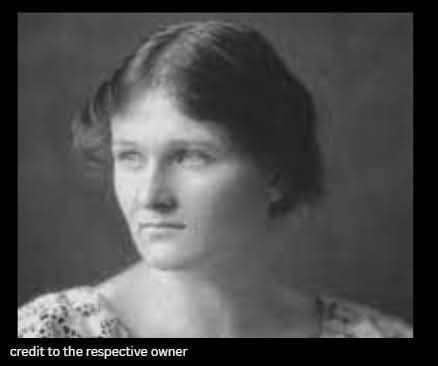Cecilia Payne was only twenty-five years old when she discovered what the universe is truly made of.
Not guessed. Not assumed. She uncovered the answer.
It was 1925. Born in England, Cecilia had just become the first person ever to earn a PhD in astronomy from Radcliffe College. Her thesis held a revelation that would forever change science. She showed that stars are made almost entirely of hydrogen and helium.
Until that point, most scientists believed stars had a composition similar to Earth. Cecilia’s findings told a different story. A story backed by research, numbers, and deep understanding.
But when she shared her results, a leading astronomer named Henry Norris Russell told her not to publish. He said it was too bold. Too unlikely. Then, four years later, he published the same conclusion—and received most of the credit.
Cecilia Payne never chased headlines. She kept working. She helped define the study of variable stars. She became a mentor to generations of students. And she broke Harvard’s glass ceiling by becoming the first woman to rise through the faculty ranks and earn the title of full professor.
Still, there is no plaque to honor her. Most science books skip her name. Even her obituaries overlooked her most revolutionary work.
But the truth remains.
Without Cecilia Payne, we would not know what stars are made of.
We would not understand the building blocks of the universe.
She looked up at the sky—and saw what others could not.
